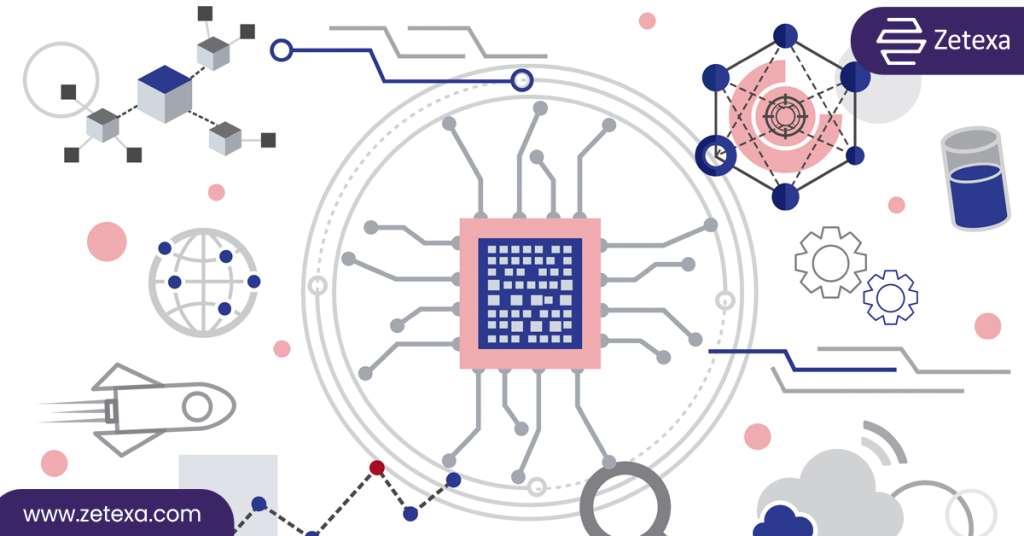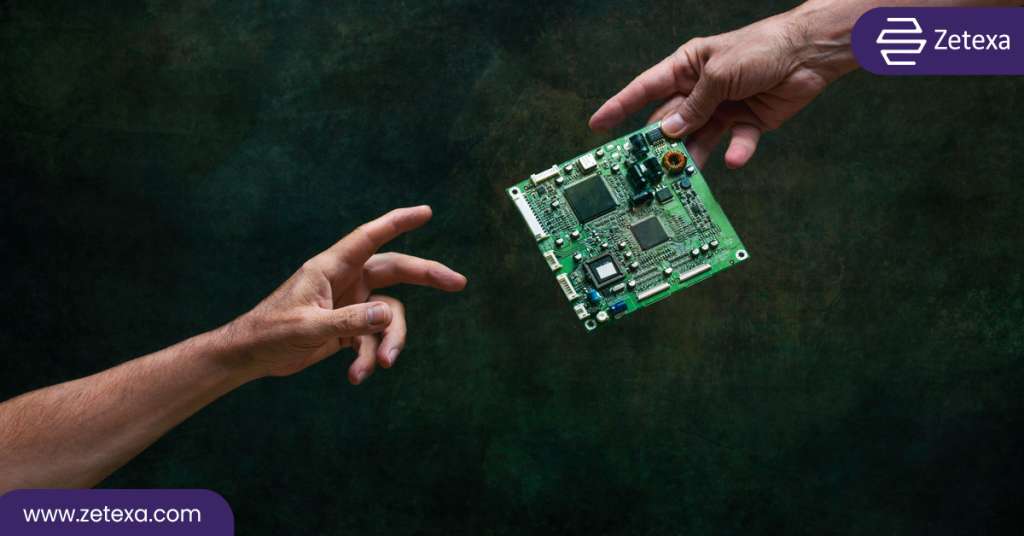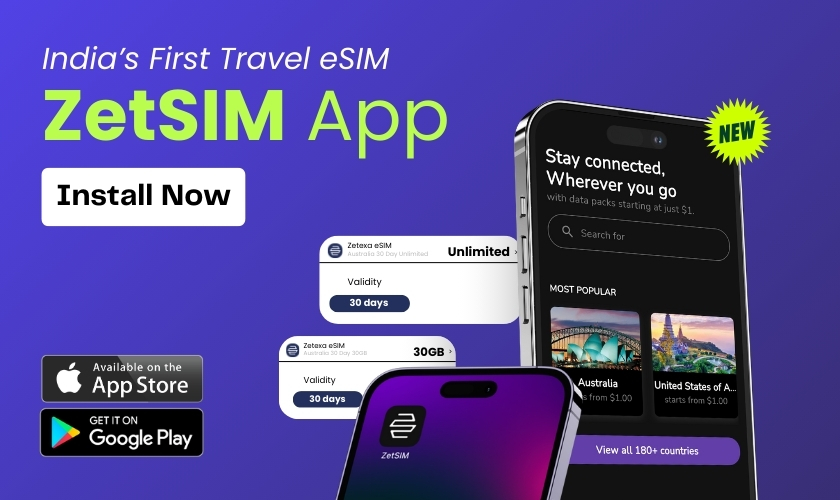Connectedness in this fast-moving, traveling environment today is not a convenience but a bedrock of wonderful customer experience.
The tourism industry has reached the pinnacle of innovation in a time of seamless connection designed to personalize traveler experiences. The idea of connected or embedded connection in the face of directly integrating internet-enabled functionalities into products and services emerges from these new waves of change. To travel-related vertical firms, this means much more—it ushers in an age of efficiency, customization, and delight for clients like never before.
The Rise of Embedded Connectivity:
The future of seamless travel experiences lies in embedded connectivity, which keeps gadgets online so users don’t have to bother about finding Wi-Fi hotspots or changing physical SIM cards. Imagine you arrive in a new nation and turn on your smartphone for navigation, translation, or to immediately contact your loved ones. Basically, that is what embedded connectivity will do.
Understanding eSIMs and Their Role:
At the heart of this revolution are the international eSIMs—small yet powerful chips embedded in devices. Overall, in comparison with traditional SIM cards, the international eSIM is rewritable and thus able to store a number of operator profiles simultaneously. This means travelers can switch between different mobile carriers or data plans without ever needing to replace their SIM cards. To put it simply, all it will take is another plan turn-on over the air.

How Businesses Benefit
Real-time data sharing: Embedded connectivity provides smooth, real-time data sharing across all stakeholders in the travel ecosystem. For instance, the latest flight schedules, hotel availability, and pricing are immediately available to the agents working with the travel agencies. Real-time data sharing thus empowers one toward making better decisions related to operational efficiency.
Enhanced customer experience: Due to increased competition today, offering better customer experiences becomes imperative. Documented connectivity will help travel companies in delivering itinerary updates, location-based recommendations, and instant booking confirmation. This responsiveness is what the customer needs for improving satisfaction and gaining loyalty.
Operational efficiency: The travel companies benefit from process automation, which makes operations easier with embedded connectivity. Inventories, billing, customer support, either individually or all put together, may be computerized and synchronized to reduce manual effort and error occurrences and help it cut costs in the process, thereby offering more efficiency in service delivery.

IoT integration: The Internet of Things is probably the most intrinsic part of embedded connectivity in the tourism sector. This opens up several opportunities for enhancing many of the experiences a traveler encounters, including flight connectivity systems and automated check-in kiosks at airports to intelligent luggage trackers—only a few among many others. A network of linked devices is designed to maximize resource distribution and service provision.
Collaborative ecosystems: Embedded connectivity can facilitate better collaboration between various stakeholders of the travel sector: hotels, airlines, car rental companies, and tour operators. It makes communication seamless and allows easy data interchange to package integrated services to meet diversified clientele needs.
Data-driven insights: This huge potential for data created through embedded connectivity can help glean valuable insights. Understanding the tours and travel companies in terms of customer preference, market trends, and operational inefficiencies at different levels in one’s system has helped them adopt more informed decisions and the targeted delivery of strategies.
Flexibility and scalability: It offers B2B embedded connectivity solutions designed to meet the ever-increasing needs of the travel industry. Because moving into new markets or adding new services requires flexibility, scalable connectivity will let one do just that—without having to invest heavily in upgraded infrastructure.
Conclusion:
Embedded connectivity is already a strategic enabler for companies in the travel industry that puts in place the forces of real-time data, integration with the IoT ecosystem, and collaboration with ecosystems for the improvement of customer experiences, optimization of operations, and sustainable business growth. Consequently, the further realization of an embedded connectivity strategy puts travel companies right on the front line of innovation, setting the stage for their future successes in an increasingly circumglobal and interconnected marketplace.

Download ZetSIM App from the APP Store
Download ZetSIM App from the Google Play Store
FAQs
Embedded connectivity refers to built-in eSIM technology in devices, enabling automatic network access without needing a physical SIM card.
Travelers can enjoy seamless internet access, making navigation, communication, and online transactions hassle-free.
Airlines, car rentals, hotels, and tourism agencies can leverage eSIM technology to enhance customer experience.
Yes! Real-time updates, emergency services, and contactless payments make travel safer and more convenient.
Zetexa eSIM ensures global, reliable, and cost-effective connectivity, making embedded travel services seamless and efficient.



